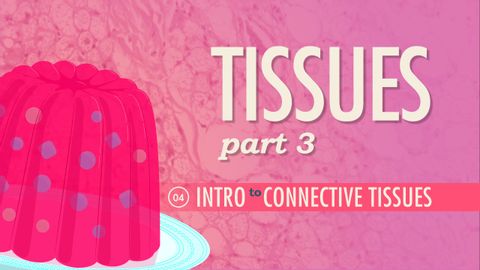
Subtitles & vocabulary
Tissues, Part 3 - Connective Tissues: Crash Course A&P #4
00
bsofade posted on 2015/05/27Save
Video vocabulary
structure
US /ˈstrʌk.tʃɚ/
・
UK /ˈstrʌk.tʃə/
- Noun (Countable/Uncountable)
- The way in which the parts of a system or object are arranged or organized, or a system arranged in this way
- A building or other man-made object.
- Transitive Verb
- To plan, organize, or arrange the parts of something
A2TOEIC
More form
US /fɔrm/
・
UK /fɔ:m/
- Noun
- Sports team or person's current winning record
- Document you complete when making an application
- Transitive Verb
- To organize something such as a club or group
- To develop; to come into a shape or substance
A1TOEIC
More ground
US /ɡraʊnd/
・
UK /graʊnd/
- Transitive Verb
- To break (coffee, etc.) into tiny bits with machine
- To make sharp or smooth through friction
- Intransitive Verb
- To make loud jarring noise by pressing hard
- To hit the bottom
A1
More protein
US /ˈprəʊˌtiːn/
・
UK /ˈprəʊti:n/
- Noun (Countable/Uncountable)
- Group of molecules made from amino acids
B1
More Use Energy
Unlock All Vocabulary
Unlock pronunciation, explanations, and filters
